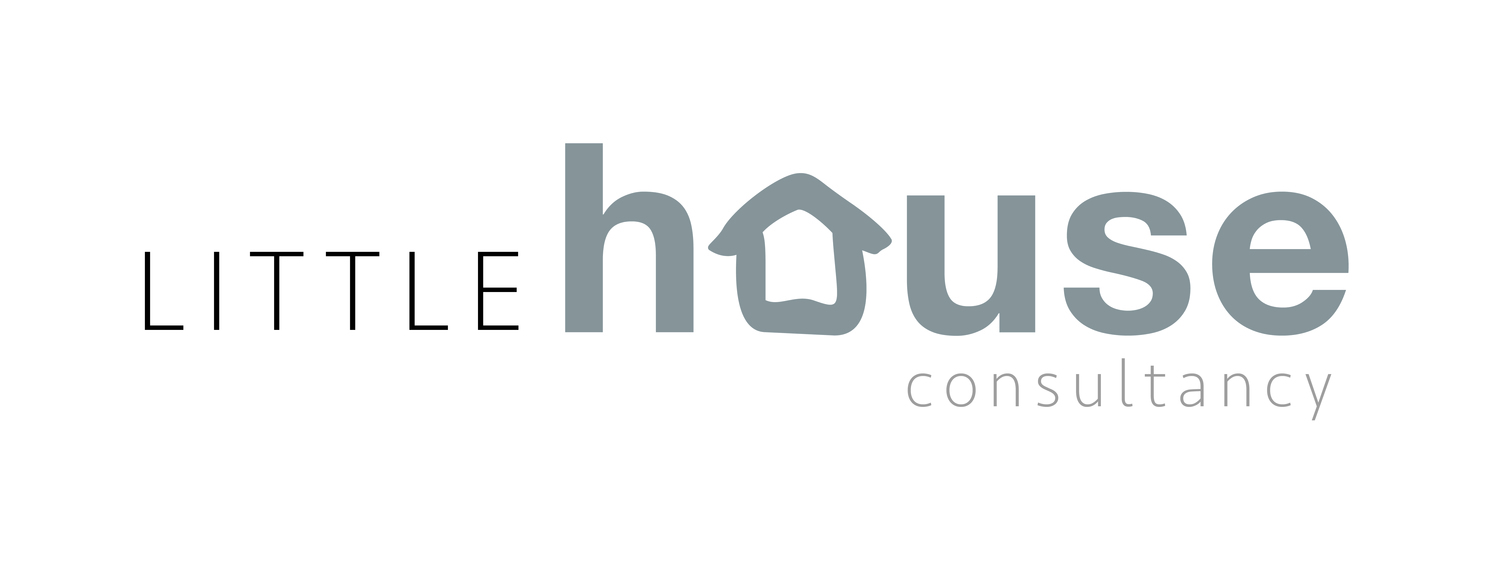Minimum Viable Product - what does that mean?
If you have had the (mis)fortune of working with me on any product development projects you’ll know that I’m quite a fan of Amy Jo Kim (http://amyjokim.com/) and her approach. Her “core loop” can be considered the minimum structure that the user needs to feel satisfied they have completed their task. The focus on identifying core loops is more than just the starting point for your product, it should be the key insight that you return to throughout the lifecycle of a product’s development. This article builds on this and tries to look at how the whole team walks through the subsequent building blocks that ends with a fantastic product.
The end goal of a development project is obviously to release a product, but there are key stages on this long route that should be considered as project goals in themselves. To take a leaf out of the Lean StartUp book, there should be a series of tests with the aim of each one to capture some specific learning goal.
I like the idea of developing a “minimum” item to test. It implies that it is the smallest item needed and should therefore be easier to make than anything bigger thereby reducing wasted effort. This is only true if you know the purpose of what you are making – and then test that it satisfies this purpose! Too often I hear the term Minimum Viable Product being used when it’s inappropriate. It gets used as a catch all statement to replace the work necessary to define the sub-project or the test’s goal. Different people will have different definitions of an MVP, and worse, they will internally change their definition over time. As is often the case, there is a lack of communication. The definition should be made public and be clearly defined for the whole team to agree on. With that in mind I will be writing an article a week (ish) with each one being an example “minimum”. I hope this list of sub-projects or tests will act as examples and replace the catch all MVP. Each has a purpose; each provides a specific learning objective or function. As is the nature of a list this is going to look like a waterfall project plan – please do not take is as such! The definitions on the list are to provide a series of defined targets that can be used as tests. Use them as guidelines to make your own – just make sure it is clearly written down and agreed by the team.
